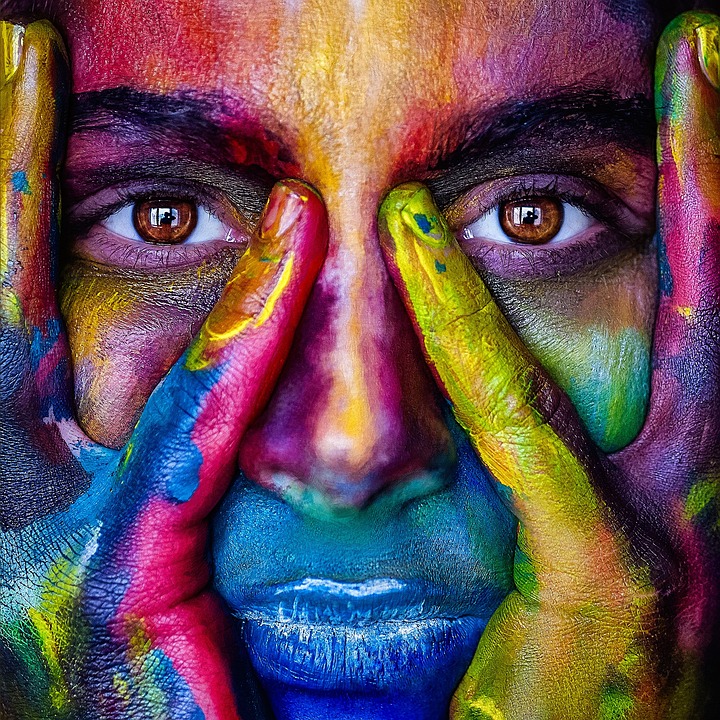The intersection of technology and handmade craftsmanship has given rise to a new era of innovation, where robots and machines are being used to create unique and intricate pieces of art. This fusion of traditional techniques with modern technology has led to the development of a new art form, one that combines the precision and efficiency of machines with the creativity and skill of human craftsmen. In this article, we will explore the world of robot-made art, examining the techniques, materials, and artists that are pushing the boundaries of this exciting new field.
One of the key advantages of robot-made art is its ability to achieve a level of precision and detail that would be impossible for a human to achieve. Using computer-aided design (CAD) software and computer numerical control (CNC) machining, robots can create complex shapes and patterns with ease, allowing artists to focus on the creative aspects of their work. This has led to the development of new techniques, such as 3D printing and laser cutting, which are being used to create intricate and complex pieces of art.
Another benefit of robot-made art is its ability to work with a wide range of materials. From traditional materials like wood and metal, to more modern materials like plastics and composites, robots can be programmed to work with a variety of substances, allowing artists to experiment with new and innovative techniques. For example, robots can be used to carve intricate patterns into wood, or to create complex shapes and forms using metal wire.
Despite the many advantages of robot-made art, there are also some challenges associated with this new medium. One of the main challenges is the need for artists to have a strong understanding of programming and engineering, in addition to their artistic skills. This can be a barrier for some artists, who may not have the technical expertise to work with robots and machines. However, many artists are rising to this challenge, and are developing new skills and techniques that allow them to work effectively with robots and machines.
There are many artists who are already pushing the boundaries of robot-made art. For example, the artist Patrick Heeks uses robots to create intricate and complex sculptures, often using a combination of traditional and modern materials. His work combines the precision and efficiency of machines with the creativity and skill of human craftsmanship, resulting in pieces that are both beautiful and thought-provning.
Another example is the artist Chris Bosse, who uses robots to create large-scale installations and sculptures. Bosse’s work often combines traditional materials like wood and metal with modern materials like plastics and composites, resulting in pieces that are both visually striking and intellectually stimulating.
In addition to these individual artists, there are also a number of organizations and collectives that are working to promote and develop the field of robot-made art. For example, the Robot Lab in Germany is a research and development facility that brings together artists, designers, and engineers to work on new and innovative projects. The lab provides a space for artists to experiment with new techniques and technologies, and to develop new skills and knowledge.
Similarly, the Fab Foundation is a non-profit organization that aims to promote and support the development of digital fabrication and robot-made art. The foundation provides resources and support for artists, designers, and makers, and works to promote the use of technology and innovation in the arts.
As the field of robot-made art continues to evolve and grow, it is likely that we will see new and innovative techniques and technologies emerge. For example, the development of artificial intelligence (AI) and machine learning (ML) is likely to have a significant impact on the field, as robots and machines become increasingly able to learn and adapt to new situations. This could lead to the development of new forms of art that are truly collaborative, with robots and humans working together to create unique and innovative pieces.
Conclusion:
In conclusion, the intersection of technology and handmade craftsmanship has given rise to a new and exciting field of art, one that combines the precision and efficiency of machines with the creativity and skill of human craftsmen. As we have seen, robot-made art is a rapidly evolving field, with new techniques, materials, and technologies emerging all the time. Whether it is the intricate sculptu


